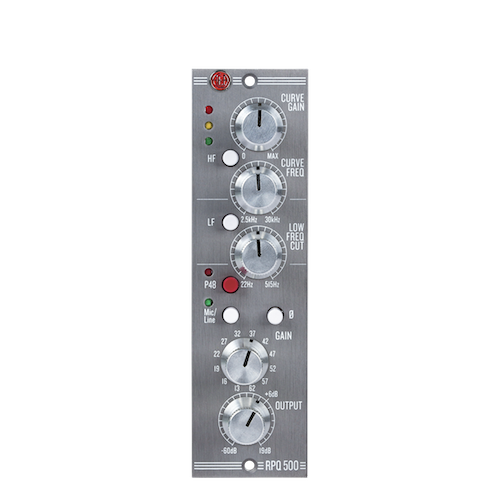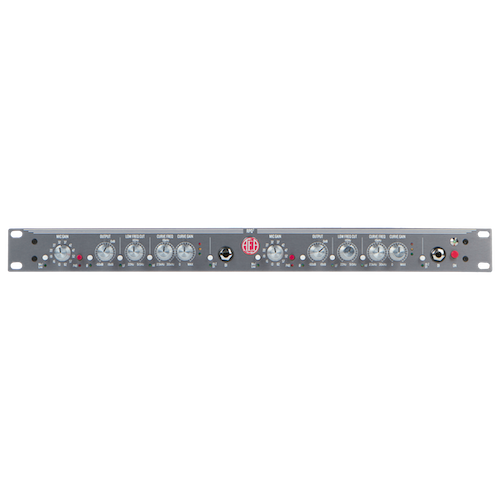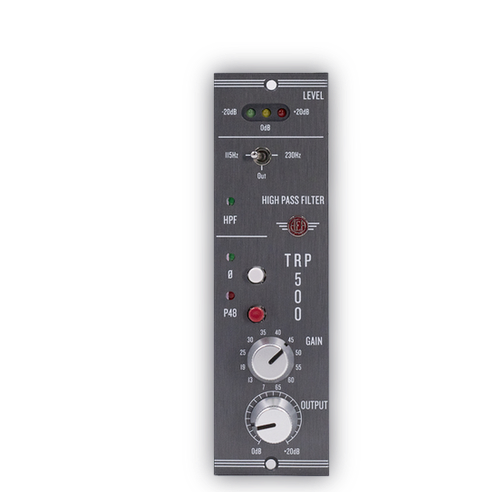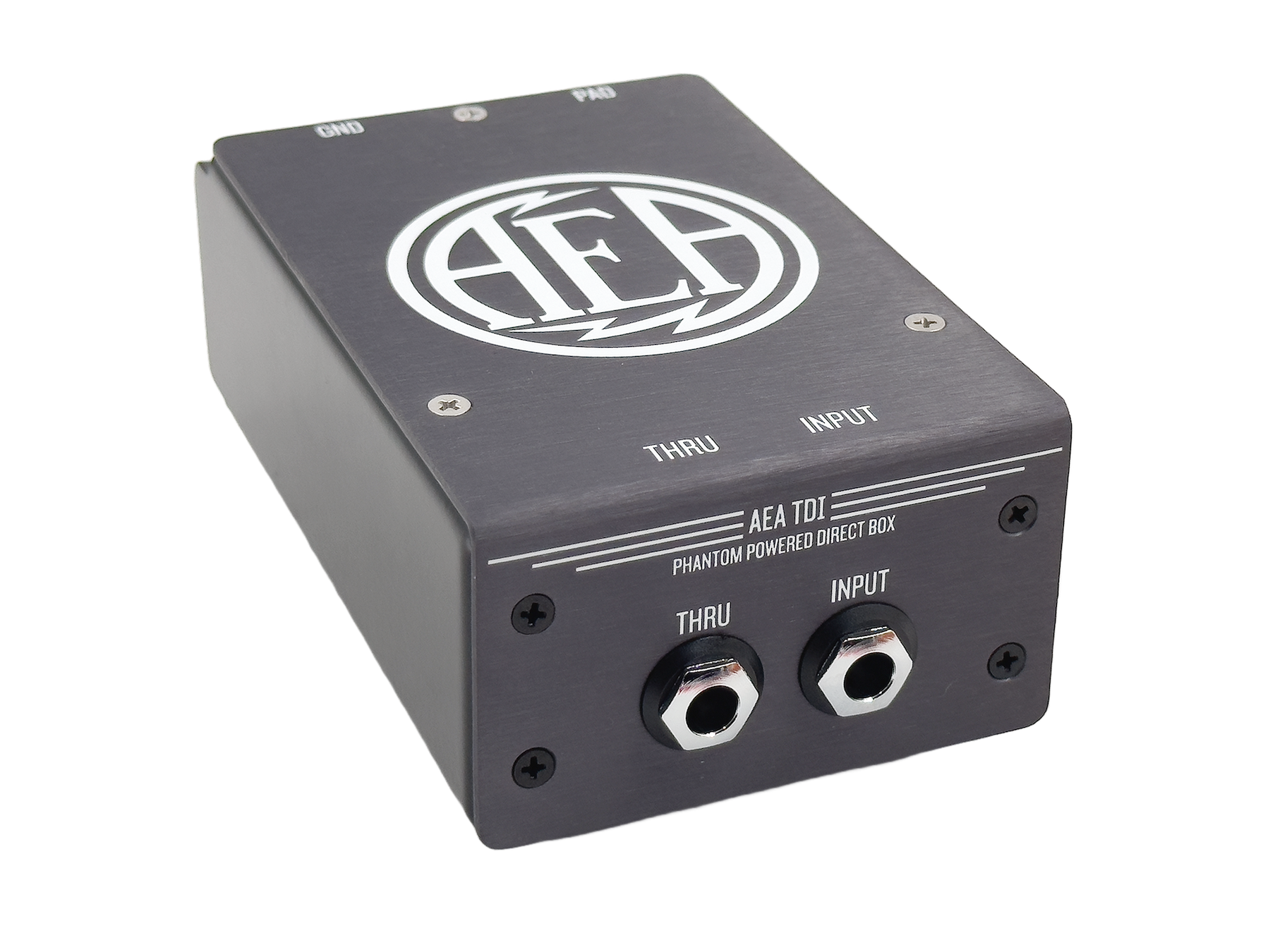The R92 was designed to be positioned between 1 and 18 inches from the sound source. It retains a balanced frequency response across the spectrum with limited proximity effect. The R92 naturally reduces proximity effect while also avoiding the room tone that can cause problems in smaller spaces or iso booths.
Naturally rolling off the low-end before it hits the ribbon creates a much different sound than using electronic equalization to roll off the low-end in post. In a traditional ribbon mic, the proximity effect can be so strong that it obscures the mid-range, which can be extremely difficult to correct.
Unlike traditional ribbon mics, think of the R92s placement in terms of inches instead of feet. Of course, near-field mics can be positioned at a distance, but they have a more balanced sound close to the sound source.
The R92 not only handles the SPL levels of a high-gain amplifier and loud trombone with ease, but it also translates all the gritty details of an instrument that musicians seek.



